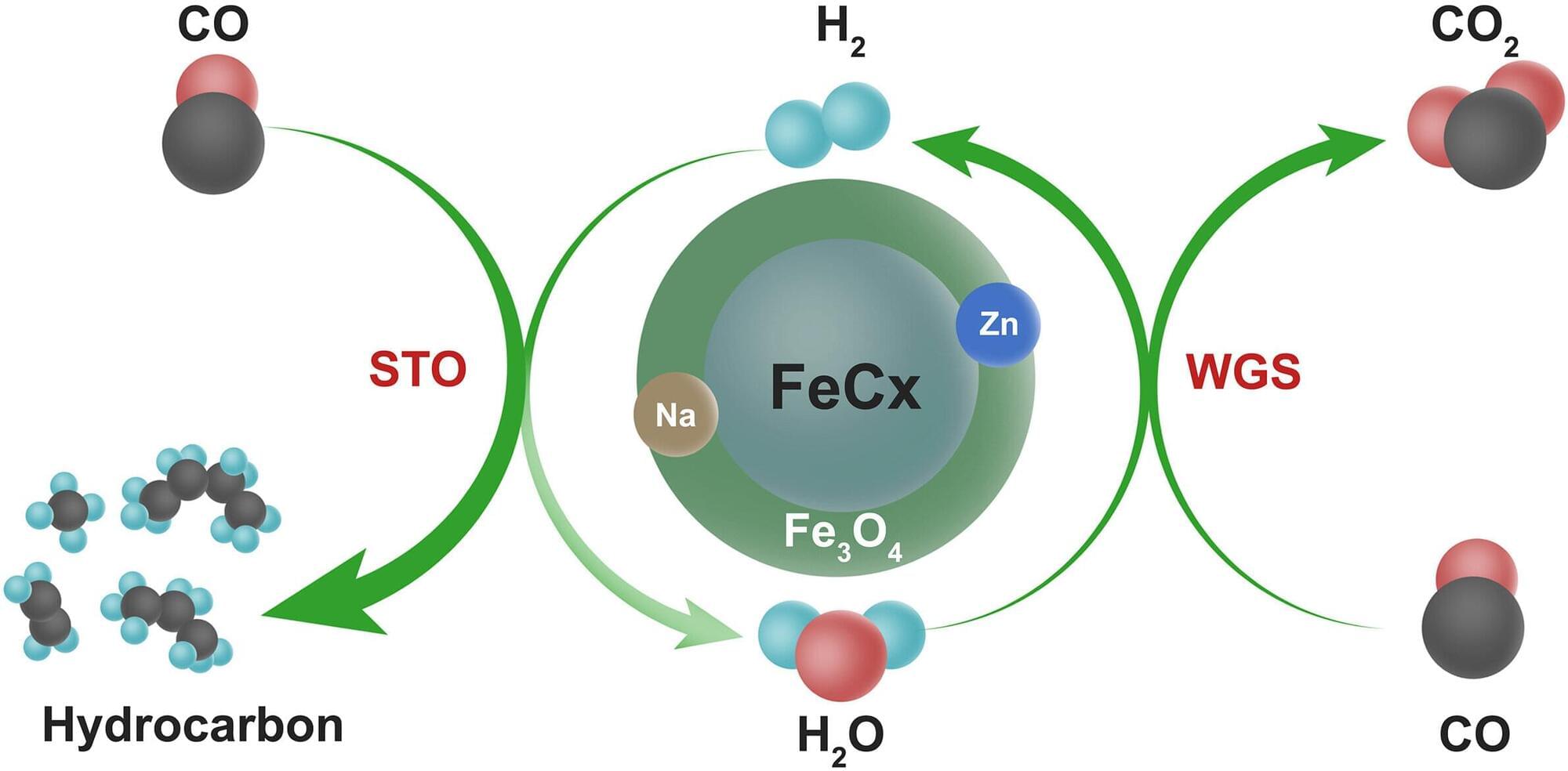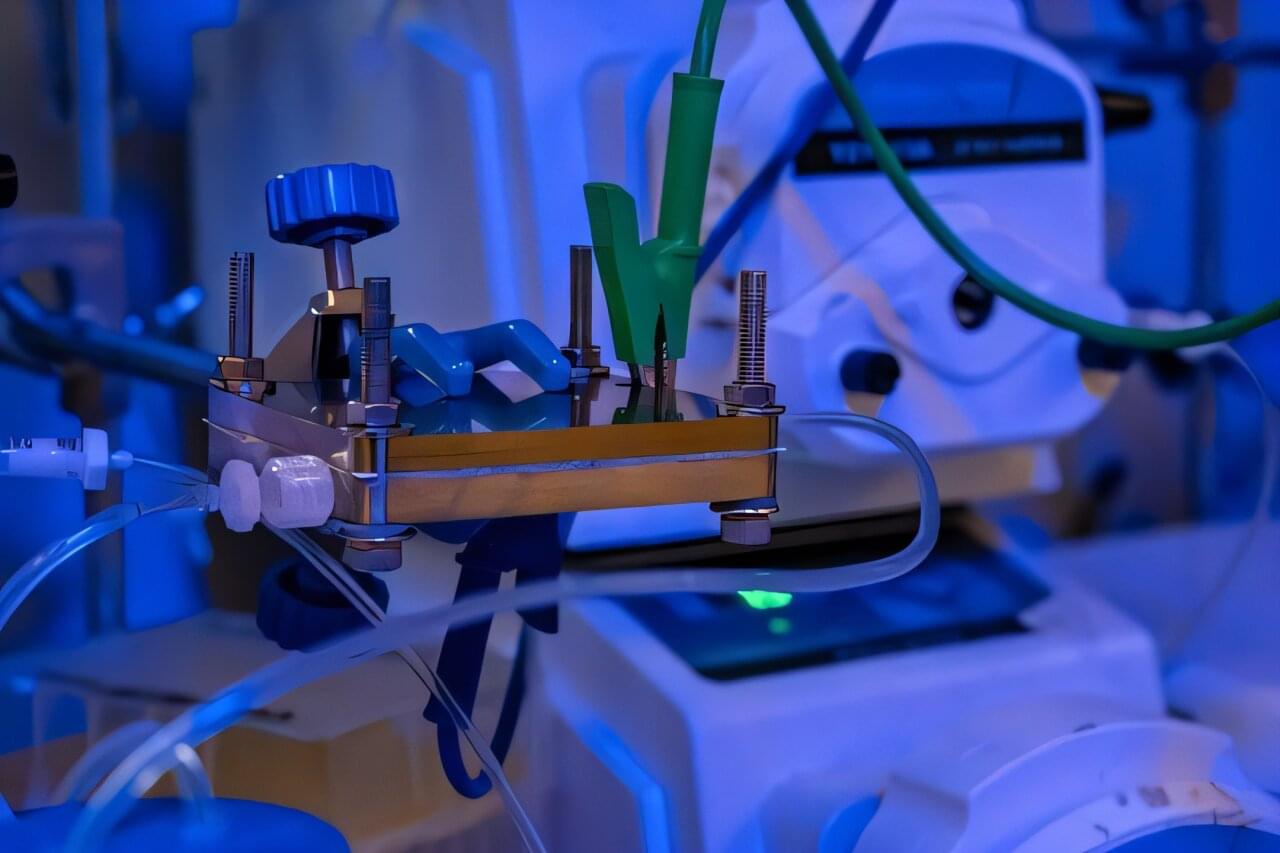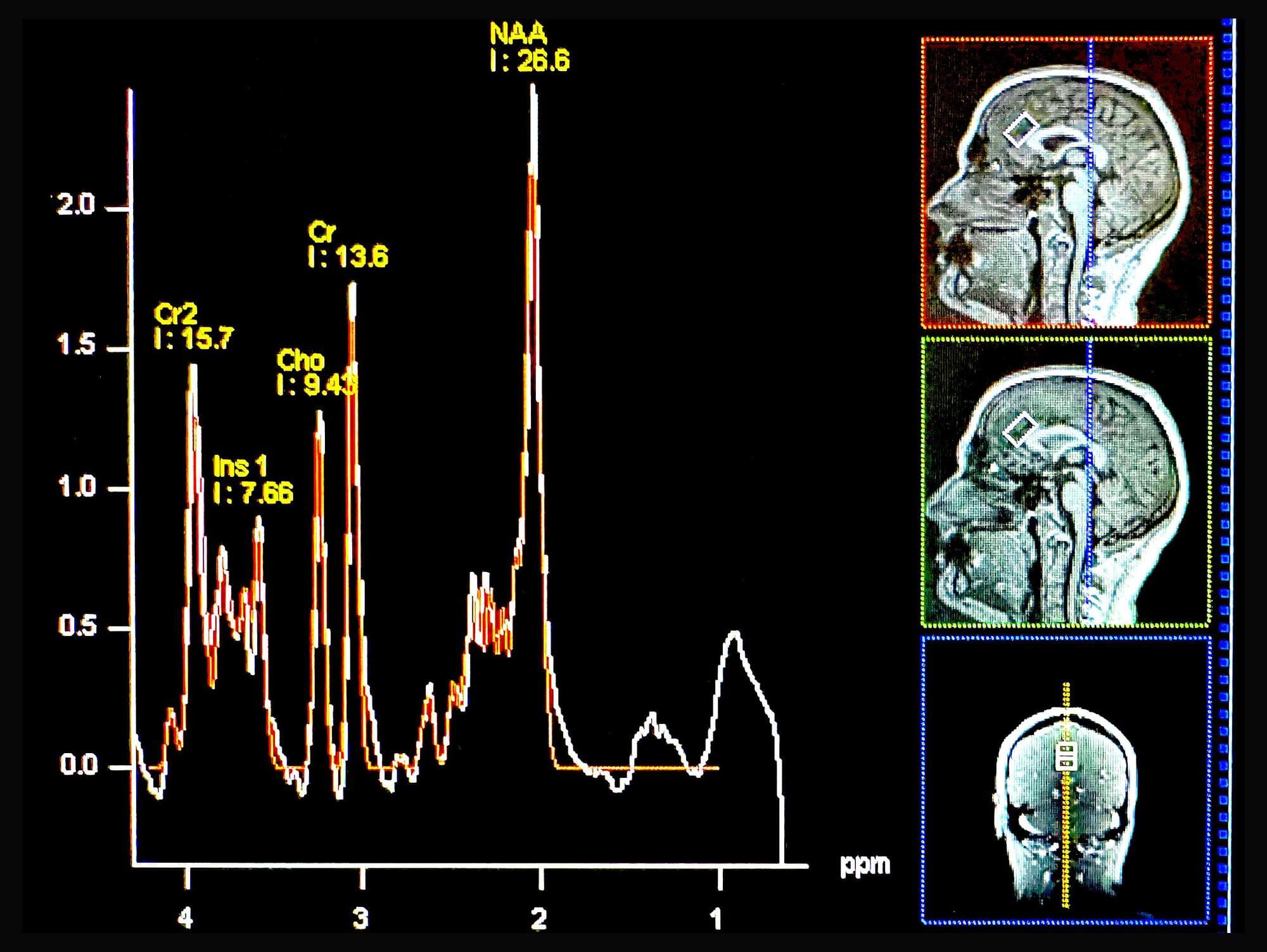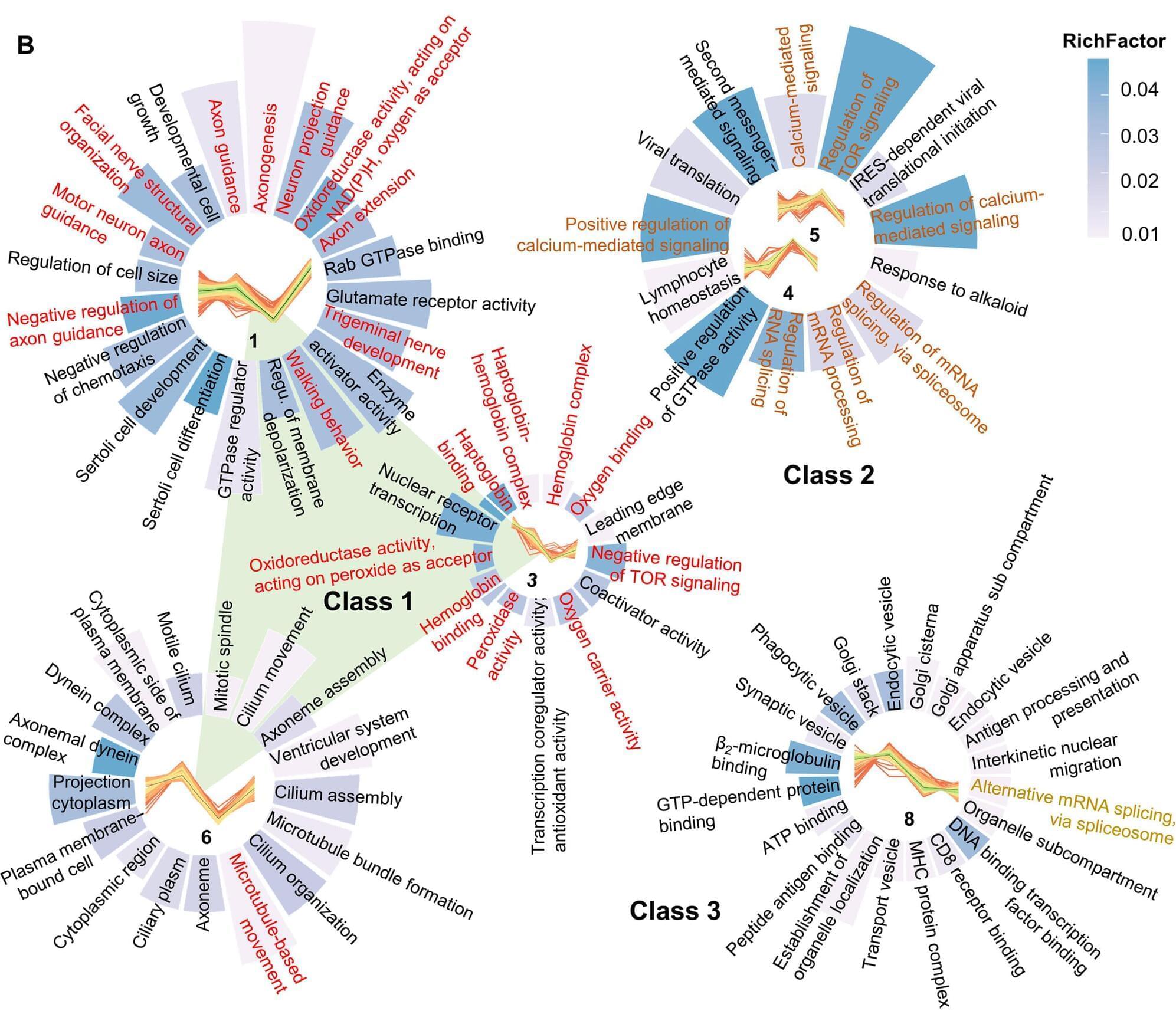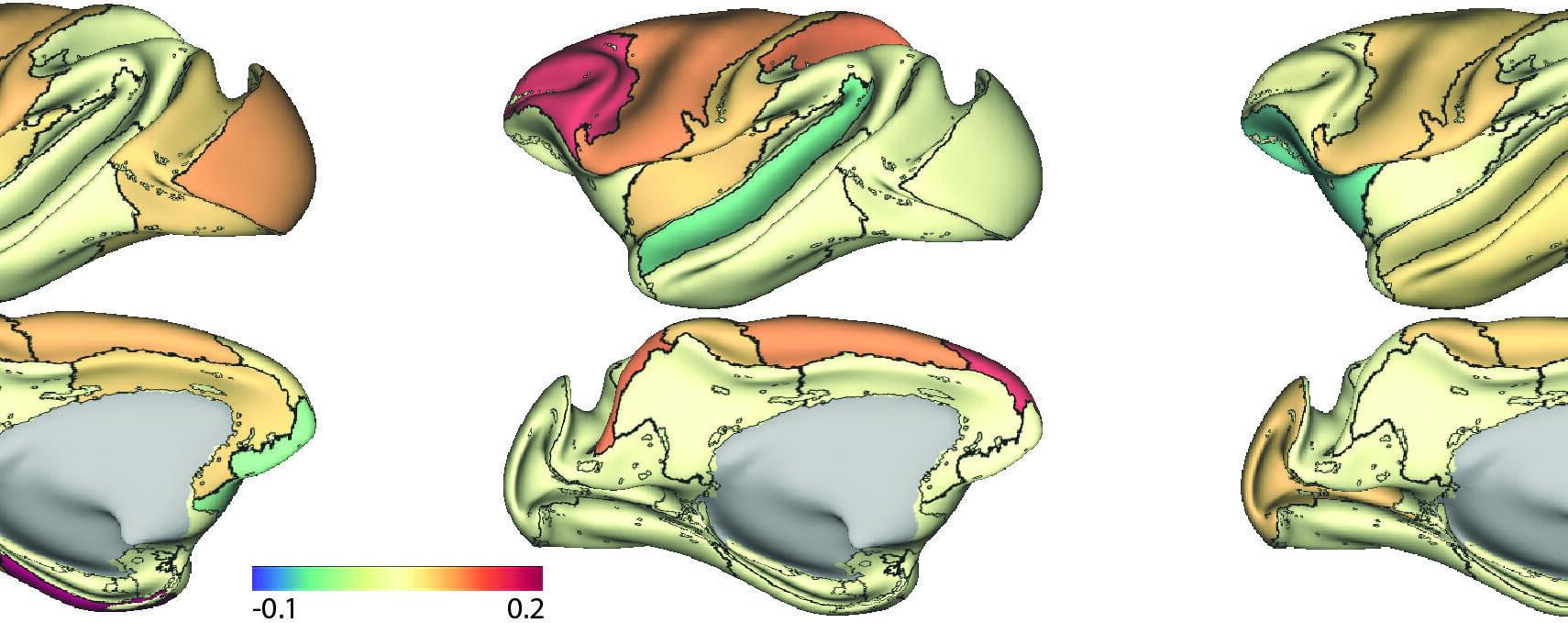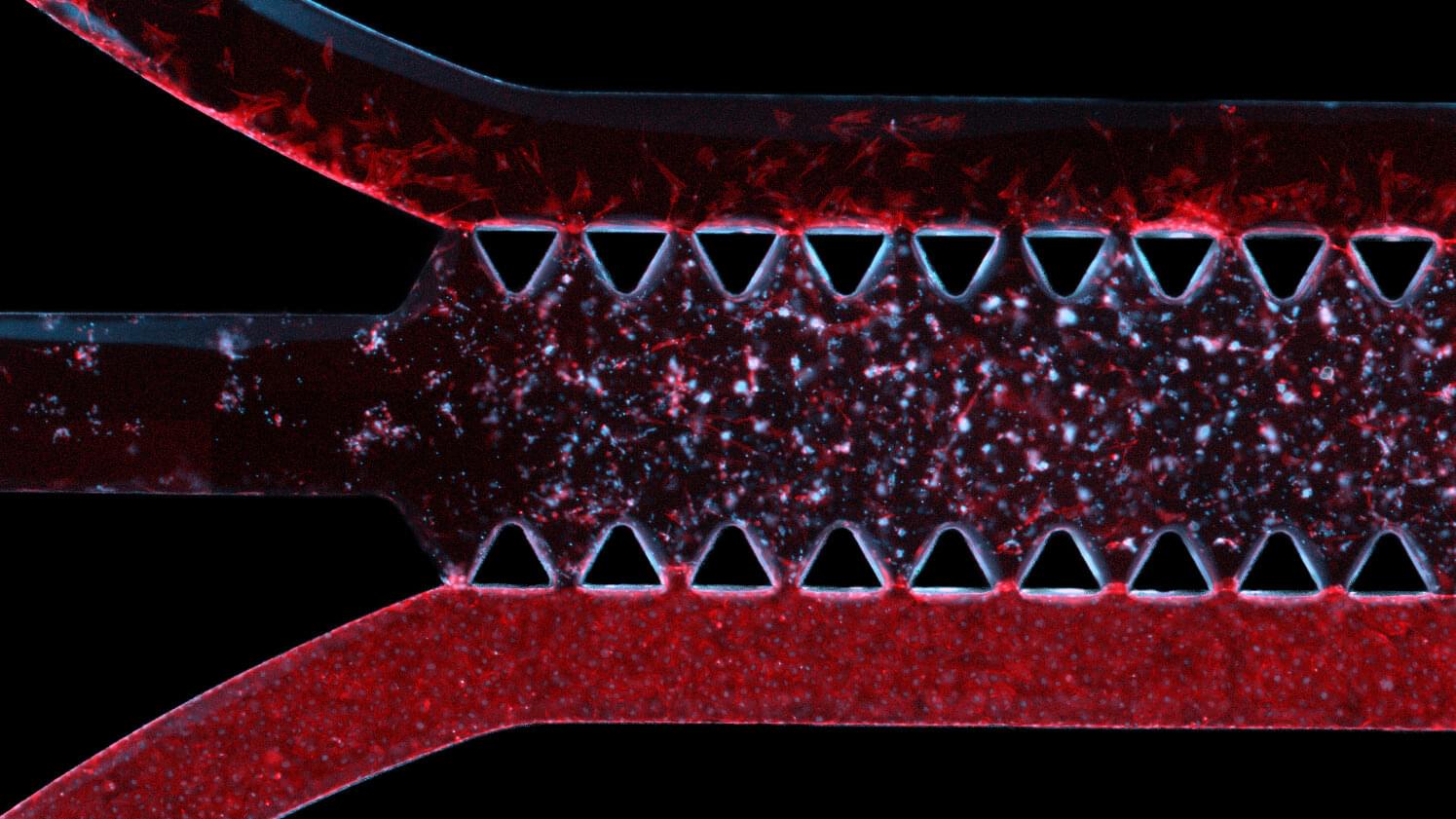The new big thing in magnetics is altermagnetism, a form of magnetism that promises to power the next generation of electronics. Unlike ferromagnets, like a fridge magnet, where all internal atomic spins align to create a strong magnetic field, altermagnets have no net magnetic pull (strongly magnetic on the inside, but appears non-magnetic on the outside). This is similar to antiferromagnets where internal spins cancel each other out. However, altermagnets retain powerful internal properties that could let them carry and control information more efficiently than traditional magnets.
Because this magnetism has a zero net pull, it is hard to detect using standard measurement tools. In two new papers, researchers detail how they have developed X-ray techniques to map and measure different aspects of an altermagnet’s internal structure.

